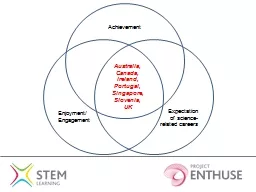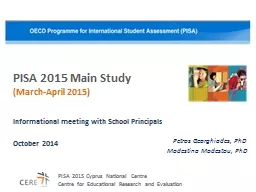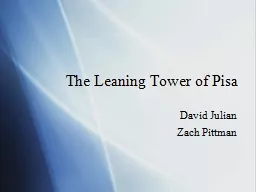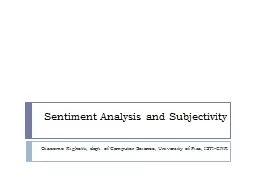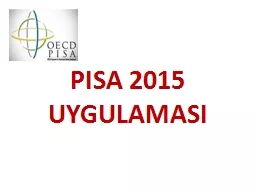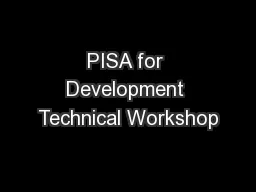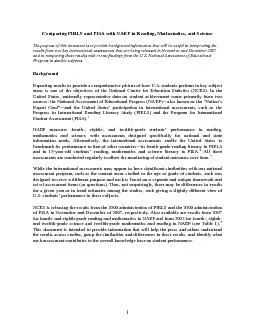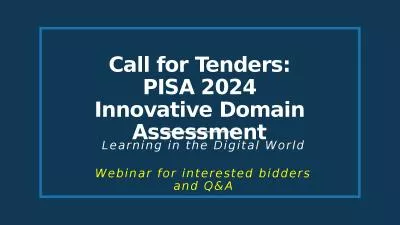PPT-What have we learned from PISA and TIMSS?
Author : pamella-moone | Published Date : 2017-08-02
Becca Knowles Head of Network STEM Learning Network PISA Programme for International Student Assessment Ambitious education reforms fail to lift UK PISA ratings
Presentation Embed Code
Download Presentation
Download Presentation The PPT/PDF document "What have we learned from PISA and TIMSS..." is the property of its rightful owner. Permission is granted to download and print the materials on this website for personal, non-commercial use only, and to display it on your personal computer provided you do not modify the materials and that you retain all copyright notices contained in the materials. By downloading content from our website, you accept the terms of this agreement.
What have we learned from PISA and TIMSS?: Transcript
Download Rules Of Document
"What have we learned from PISA and TIMSS?"The content belongs to its owner. You may download and print it for personal use, without modification, and keep all copyright notices. By downloading, you agree to these terms.
Related Documents

